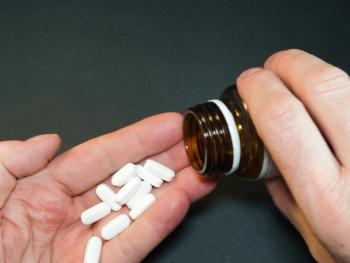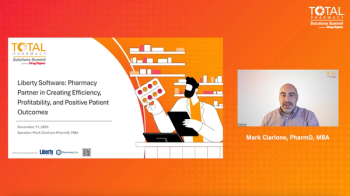
Better Management Strategies Needed, Suggests Ninth Annual Medical Pharmacy Trend
The report by Magellan Rx Management indicates PMPM, site of service, and Medicaid prices continue to increase.
Magellan Rx Management has released its
The report shows that commercial per-member-per-month (PMPM) medical drug spending increased 18% to $29.97-4% higher than the trend over the last five years. Medicare PMPM saw an increase of 12% to $52.19-a result of the increases in PMPM spending and the use of immuno-oncology agents, as well as other new entries into the market. The previous annual Medicare PMPM spending trend remained around five percent.
“The data shows that the trend over the last five years for medical pharmacy drugs was 68%, representing the largest growth over the last nine years, reinforcing the need for effective management strategies in medications billed through the medical benefit,” said Kristen Reimers, RPh, senior vice president, specialty clinical solutions. “Offering a global view of today’s most significant medical pharmacy trends, the report provides valuable insights that can help identify effective strategies and inform smarter decisions for controlling rising spend and managing the medical pharmacy benefit.”
According to the report, site of service administration-used by 68% of payers-also remains an area of concern. Drugs administered in hospital outpatient settings continued to cost two to three times more than those administered in physician offices and home infusion sites.
Regarding medical benefit categories, novel oncology therapies drove the highest spending, while antihemophilic factors secured the highest annual trend increase at 62%. Oncology had the highest PMPM spend, with popular drugs Rituxan, Herceptin, and Avastin remaining in the top five drugs for commercial plans. The other major contributors to the $4 PMPM increase included: enzyme replacement drugs, autoimmune ants for gastrointestinal disorders, and new agents in the asthma category.
Medicaid showed higher annual costs per patient, indicating that those under Medicaid coverage may have higher instances of rare high-cost disease states, according to the report.
For patients seeking treatment from a particular biosimilar reference product, 51% were required to step through an actual biosimilar before being granted access to its reference drug. Sixty-four percent of patients taking biosimilars reported that the price of the product had the greatest impact on their reimbursement decisions, especially with the anticipated addition of new biosimilars to the top three oncology agents in 2019.
Newsletter
Pharmacy practice is always changing. Stay ahead of the curve with the Drug Topics newsletter and get the latest drug information, industry trends, and patient care tips.











































































































































































































